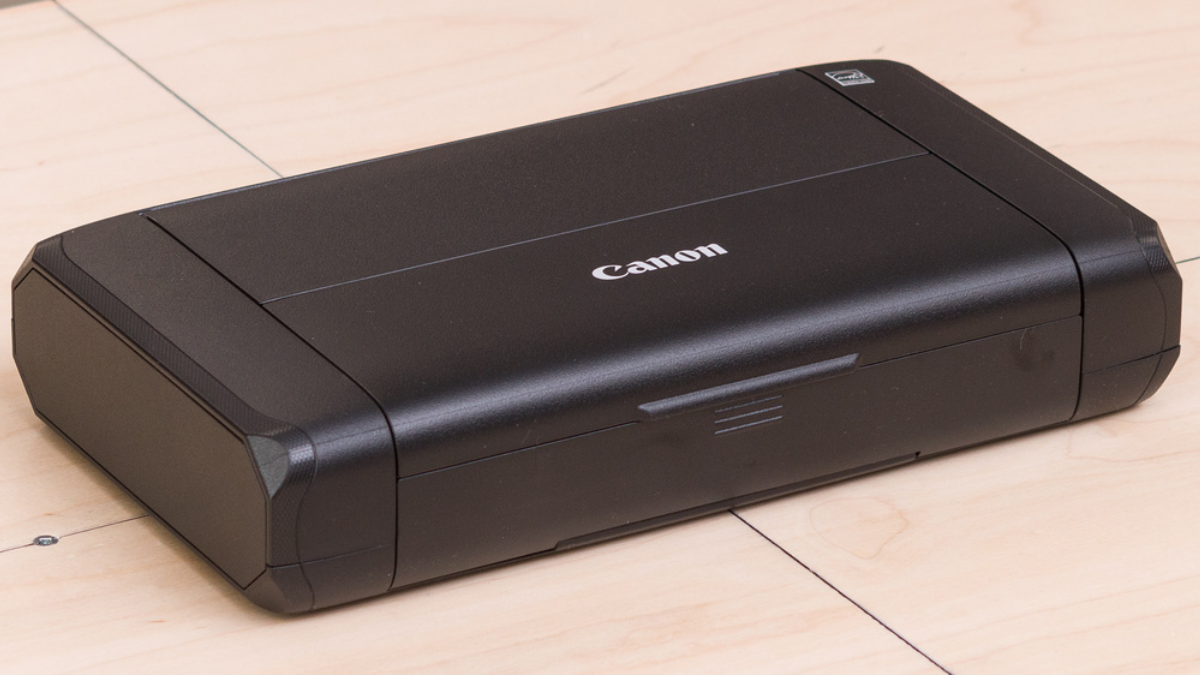Printers have become an essential part of our daily lives, whether at home or in the office. Canon printers, renowned for their quality and reliability, are no exception. However, like all devices, they may occasionally encounter issues. This guide will help you troubleshoot common problems, ensuring your Canon printer functions smoothly and efficiently.
Common Issues Faced by Canon Printer Users
Before diving into troubleshooting, it’s essential to identify the most common issues users experience with Canon printers:
- Paper Jams: A frequent issue that disrupts workflow and damages paper.
- Low Ink or Toner Levels: Leads to faded prints or no output.
- Wireless Connectivity Problems: Hinders printing from network-connected devices.
- Error Codes: Specific codes indicating various technical glitches.
- Print Quality Issues: Blurry, faded, or streaky prints.
- Unresponsive Printer: Printer fails to respond to commands.
By understanding these issues, you’re better prepared to tackle them using the step-by-step guide below.
Step-by-Step Troubleshooting Guide
Step 1: Check the Printer’s Power and Connectivity
One of the most fundamental steps is ensuring that the printer is powered on and properly connected to your device. Here’s how:
- Power Supply:
- Ensure the printer is plugged into a working power outlet.
- Check the power button and confirm the printer is turned on.
- Cable Connections:
- For wired printers, verify that the USB cable is securely connected to both the printer and the computer.
- If using an Ethernet connection, ensure the network cable is plugged in correctly.
- Wireless Connectivity:
- Confirm the printer is connected to the correct Wi-Fi network.
- Restart your router and printer to refresh the connection.
Step 2: Resolve Paper Jam Issues
Paper jams can be frustrating but are usually easy to resolve:
- Locate the Jam:
- Open the printer’s paper tray and inspect for stuck paper.
- Check the rear access door or automatic document feeder (ADF) if applicable.
- Clear the Jam:
- Gently pull the jammed paper out to avoid tearing.
- Ensure there are no small paper pieces left inside.
- Prevent Future Jams:
- Use the correct paper size and type.
- Avoid overloading the paper tray.
- Regularly clean the printer rollers.
Step 3: Address Low Ink or Toner Problems
Low ink or toner can affect print quality. Follow these steps:
- Check Ink/Toner Levels:
- Access the printer’s display or check the printer software on your computer.
- Replace Cartridges:
- Open the printer cover and remove the empty cartridge.
- Insert a new Canon-compatible cartridge and ensure it clicks into place.
- Run a Test Print:
- Perform a test print to verify the new cartridge works correctly.
- Use Genuine Ink/Toner:
- Opt for Canon-branded cartridges to maintain print quality and avoid potential issues.
Step 4: Reconfigure Wireless Connectivity
Wireless connectivity problems can disrupt printing from devices. Here’s how to fix them:
- Restart Devices:
- Turn off your printer, computer, and router, then power them back on.
- Reconnect to Wi-Fi:
- Access the printer’s network settings and select the correct Wi-Fi network.
- Enter the Wi-Fi password if prompted.
- Update Firmware:
- Ensure your printer’s firmware is up-to-date by visiting Canon’s official website.
- Check Firewall Settings:
- Temporarily disable your firewall or antivirus software to see if they’re blocking the connection.
Step 5: Clear Error Codes
Error codes can be intimidating but often point to specific issues:
- Identify the Code:
- Refer to your printer’s display or connected computer for the error code.
- Consult the Manual:
- Check the printer’s user manual or Canon’s support website for explanations and solutions.
- Perform a Hard Reset:
- Turn off the printer, unplug it, and wait a few minutes before restarting.
- Contact Support:
- If the error persists, reach out to Canon’s customer service for assistance.
Advanced Troubleshooting Tips
For more complex issues, these advanced tips can help:
- Update Printer Drivers:
- Visit Canon’s official website to download and install the latest drivers for your printer model.
- Calibrate the Printer:
- Access the printer’s settings menu to perform calibration, improving print alignment and color accuracy.
- Clean the Printhead:
- Use the printer’s maintenance menu to run a printhead cleaning cycle.
- Check for Obstructions:
- Inspect the printer’s interior for dust or debris and clean it carefully with a lint-free cloth.
- Run a Diagnostic Test:
- Use the printer’s built-in diagnostic tools to identify and resolve hardware or software issues.
When to Seek Professional Help
If troubleshooting doesn’t resolve the issue, it may be time to seek professional assistance. Here’s when to consider it:
- Persistent Error Codes:
- Errors that cannot be resolved with basic troubleshooting.
- Hardware Damage:
- Visible damage to printer components, such as broken trays or jammed rollers.
- Warranty Repairs:
- If your printer is under warranty, contact Canon’s authorized service center for free repairs.
- Expert Diagnosis:
- For advanced technical issues, professional technicians can provide a thorough diagnosis and solution.
